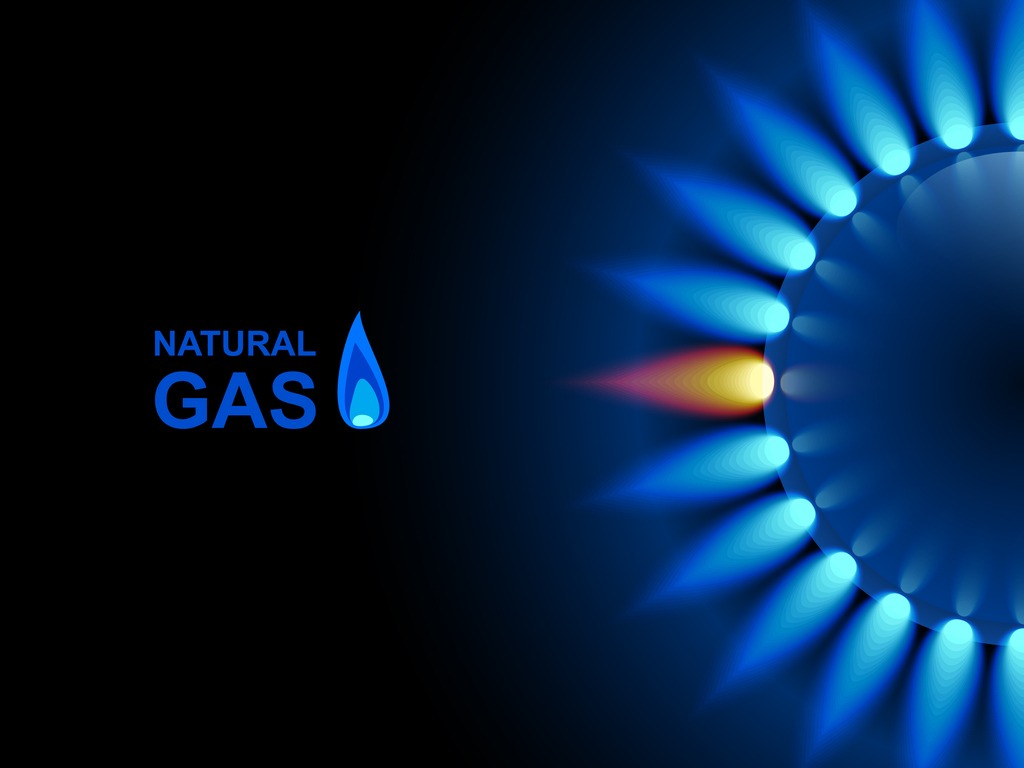
October Nymex natural gas (NGV23) on Monday closed +0.003 (+0.12%).
Nat-gas prices on Monday closed slightly higher after a mixed weather outlook. According to Maxar Technologies, wet and windy weather is expected in the Northeast, and dry and mild weather conditions are expected for the rest of the U.S. this week, reducing nat-gas demand from electricity providers to run air conditioning.
Nat-gas prices Monday saw underlying support from a rally in European nat-gas prices to a 1-week high. LNG workers at key Chevron sites in Australia began partial strikes last week after talks with management failed to reach an agreement. Workers said they will stop work completely for two weeks starting this Thursday if no deal is reached.
On August 9, nat-gas prices soared to a 6-1/2 month high when LNG workers in Australia voted to strike, which could tighten global nat-gas supplies. Inspired Plc predicts Asian LNG buyers "would likely bid up LNG imports" to replace Australian volumes if workers strike. Australia is the world's third-largest liquified natural gas (LNG) exporter, accounting for about 10% of global supplies last year.
Lower-48 state dry gas production Monday was 100.1 bcf/day (+0.3% y/y), according to BNEF. Lower-48 state gas demand Monday was 70.4 bcf/day, +6.4% y/y, according to BNEF. LNG net flows to U.S. LNG export terminals Monday were 11.7 bcf/day or -11% w/w.
Nat-gas prices continue to be undercut by high inventories caused by weak heating demand during the abnormally mild winter. This past winter's warm temperatures caused nat-gas inventories to rise in Europe and the United States. Gas storage across Europe was 92% full as of September 5, well above the 5-year seasonal average of 82% full for this time of year. U.S. nat-gas inventories as of September 1 were +7.6% above their 5-year seasonal average.
A decline in U.S. electricity output is bearish for nat-gas demand from utility providers. The Edison Electric Institute reported last Thursday that total U.S. electricity output in the week ended September 2 fell -1.4% y/y to 87,392 GWh (gigawatt hours). Also, cumulative U.S. electricity output in the 52-week period ending September 2 fell -1.2% y/y to 4,075,083 GWh.
Last Thursday's weekly EIA report of +33 bcf for the week ended September 1 was bullish for nat-gas prices since it was below expectations of +41 bcf and well below the 5-year average for this time of year at +60 bcf. As of September 1, nat-gas inventories were up +16.9% y/y and were +7.6% above their 5-year seasonal average, signaling ample nat-gas supplies.
Baker Hughes reported last Friday the number of active U.S. nat-gas drilling rigs in the week ended September 8 fell by -1 to a 19-month low of 113 rigs. Active rigs rose to a 4-year high of 166 rigs in September 2022. Active rigs have more than doubled from the record low of 68 rigs posted in July 2020 (data since 1987).
On the date of publication, Rich Asplund did not have (either directly or indirectly) positions in any of the securities mentioned in this article. All information and data in this article is solely for informational purposes. For more information please view the Barchart Disclosure Policy here.






